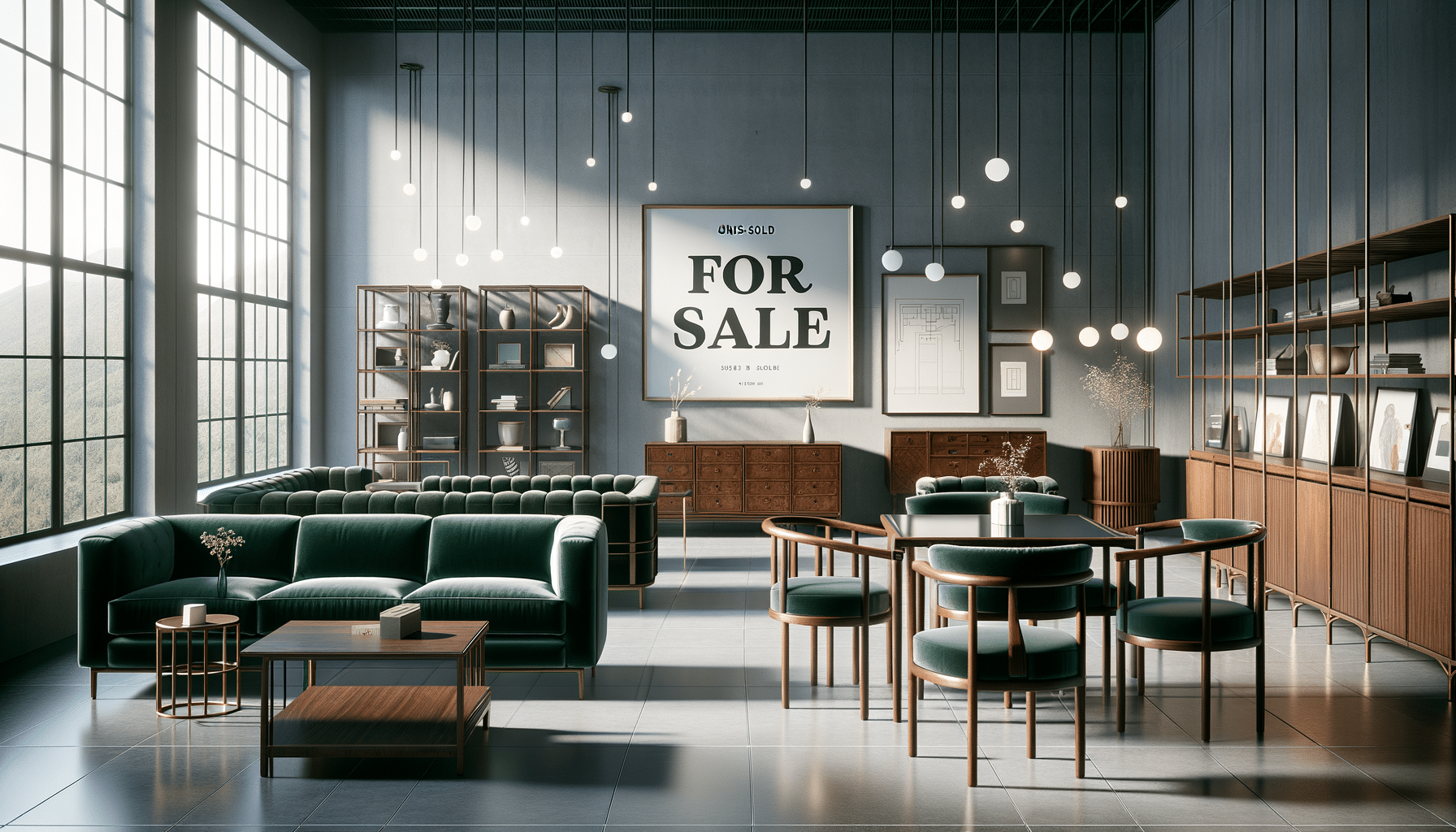Exploring the Dynamics of Unsold Furniture: Challenges and Opportunities
Understanding the complexities and potential solutions for unsold furniture in the market.

The Growing Challenge of Unsold Furniture
In the ever-evolving world of furniture retail, unsold furniture presents a significant challenge. Retailers often grapple with the dilemma of excess inventory, which can lead to increased storage costs and reduced profitability. The reasons for unsold furniture are multifaceted, ranging from overproduction to changing consumer preferences. As trends shift rapidly, items that were once in high demand may quickly become obsolete, leaving retailers with surplus stock.
One major factor contributing to unsold furniture is the unpredictability of consumer tastes. With the rise of social media and interior design influencers, trends can change overnight, making it difficult for retailers to predict what will sell. Additionally, economic factors such as recessions or shifts in disposable income can affect purchasing behavior, leading to decreased demand for certain types of furniture.
Retailers must find creative solutions to manage unsold furniture. Some strategies include offering discounts or promotions to move inventory, partnering with online platforms to reach a broader audience, or donating pieces to charitable organizations. These methods not only help clear space but also enhance brand reputation and customer loyalty.
Environmental Impact of Unsold Furniture
The environmental implications of unsold furniture are significant. Furniture production involves the use of resources such as wood, metals, and textiles, and unsold items contribute to waste if not managed properly. The disposal of unsold furniture in landfills leads to increased environmental degradation, as materials like foam and synthetic fabrics can take years to decompose.
To mitigate these impacts, retailers are exploring sustainable practices. Upcycling and recycling initiatives are gaining traction, allowing unsold furniture to be repurposed or broken down into raw materials for new products. Some companies are also adopting circular economy models, where furniture is designed with modularity in mind, making it easier to repair or refurbish rather than discard.
Consumers are increasingly aware of these environmental issues and are more inclined to support brands that demonstrate a commitment to sustainability. By addressing the problem of unsold furniture through eco-friendly practices, retailers can not only reduce their environmental footprint but also appeal to environmentally conscious customers.
Innovative Solutions for Unsold Furniture
Innovation plays a crucial role in addressing the issue of unsold furniture. Technological advancements offer new opportunities for retailers to manage inventory more effectively. For instance, data analytics can provide insights into consumer behavior and preferences, enabling retailers to make informed decisions about production and stock levels.
Augmented reality (AR) and virtual reality (VR) technologies are also transforming the furniture shopping experience. By allowing customers to visualize furniture in their own homes before purchasing, these technologies can reduce the likelihood of returns and increase sales. This, in turn, can help minimize the amount of unsold inventory.
Furthermore, subscription-based models are emerging as a popular trend in the furniture industry. These models allow customers to rent furniture for a specified period, providing retailers with a steady revenue stream while reducing the risk of unsold stock. This approach not only caters to the growing demand for flexibility but also aligns with sustainable consumption patterns.
Economic Implications of Unsold Furniture
The economic impact of unsold furniture extends beyond individual retailers, affecting the broader industry and economy. Unsold inventory ties up capital that could otherwise be invested in new products or business expansion. This can hinder innovation and growth within the industry, as companies may become risk-averse in their production strategies.
Moreover, the presence of unsold furniture can lead to price reductions and discounts, affecting profit margins. While sales and promotions can help move inventory, they may also devalue the brand and create a perception of lower quality among consumers. Balancing the need to clear stock with maintaining brand integrity is a delicate task for retailers.
Government policies and incentives can play a role in addressing the economic challenges of unsold furniture. Tax breaks for donations or investments in sustainable practices can encourage retailers to adopt more responsible inventory management strategies. Collaborative efforts between industry stakeholders can also lead to shared solutions and innovations that benefit the entire sector.
The Future of Furniture Retail and Unsold Inventory
As the furniture industry continues to evolve, the approach to managing unsold inventory will also need to adapt. Retailers are increasingly recognizing the importance of agility and responsiveness in their business models. By embracing technology and sustainability, they can better anticipate consumer needs and reduce the risk of unsold stock.
Collaborative consumption models, such as furniture sharing and leasing, are likely to gain popularity, offering consumers more flexibility and reducing the burden of ownership. These models not only address the issue of unsold inventory but also align with the growing trend towards minimalism and sustainable living.
Ultimately, the future of furniture retail lies in the ability to balance supply and demand effectively. By leveraging data-driven insights and adopting innovative business models, retailers can create a more resilient and sustainable industry. The challenge of unsold furniture presents an opportunity for growth and transformation, paving the way for a more efficient and environmentally conscious market.